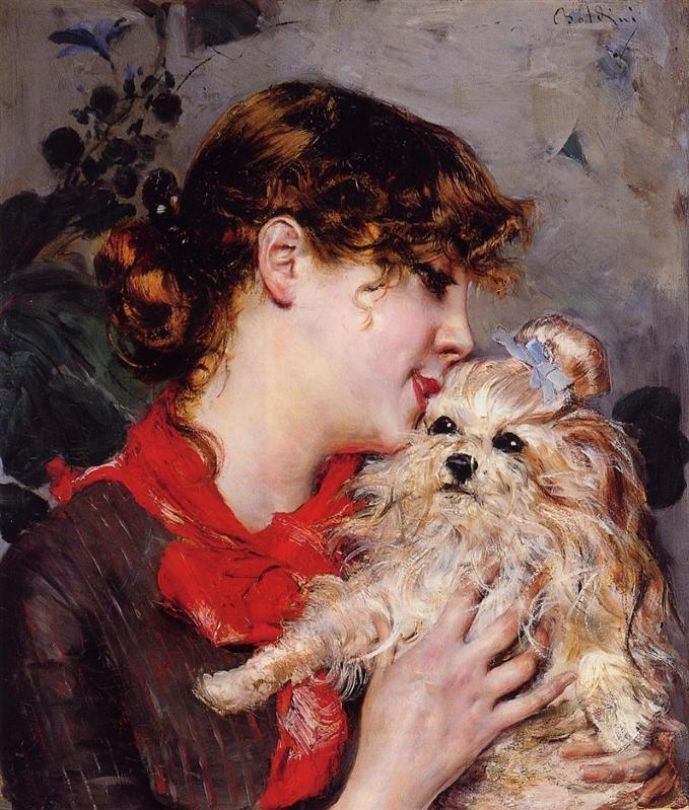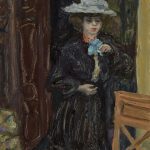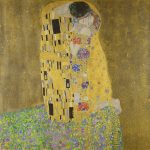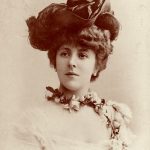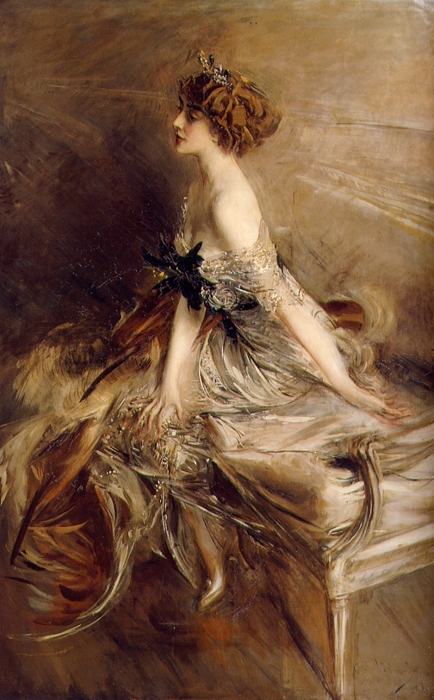
Giovanni Boldini (1842–1931) was an Italian genre and portrait painter known for his stylish and elegant depictions of society figures during the Belle Époque in France. Born on December 31, 1842, in Ferrara, Italy, Boldini gained international acclaim for his skillful and dynamic portraits, capturing the spirit and sophistication of the high society of his time.
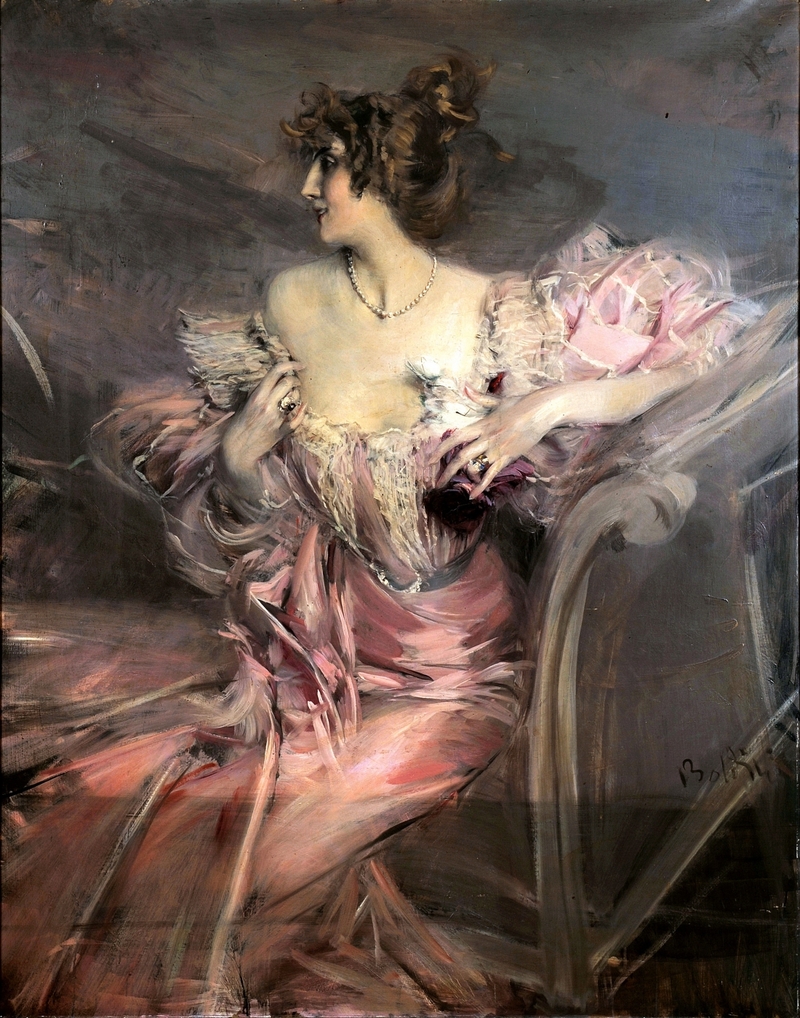
- Early Life and Training: Giovanni Boldini began his artistic training at the Academy of Fine Arts in Florence, Italy. He showed early promise as a portraitist, and his talent was recognized by fellow artists.
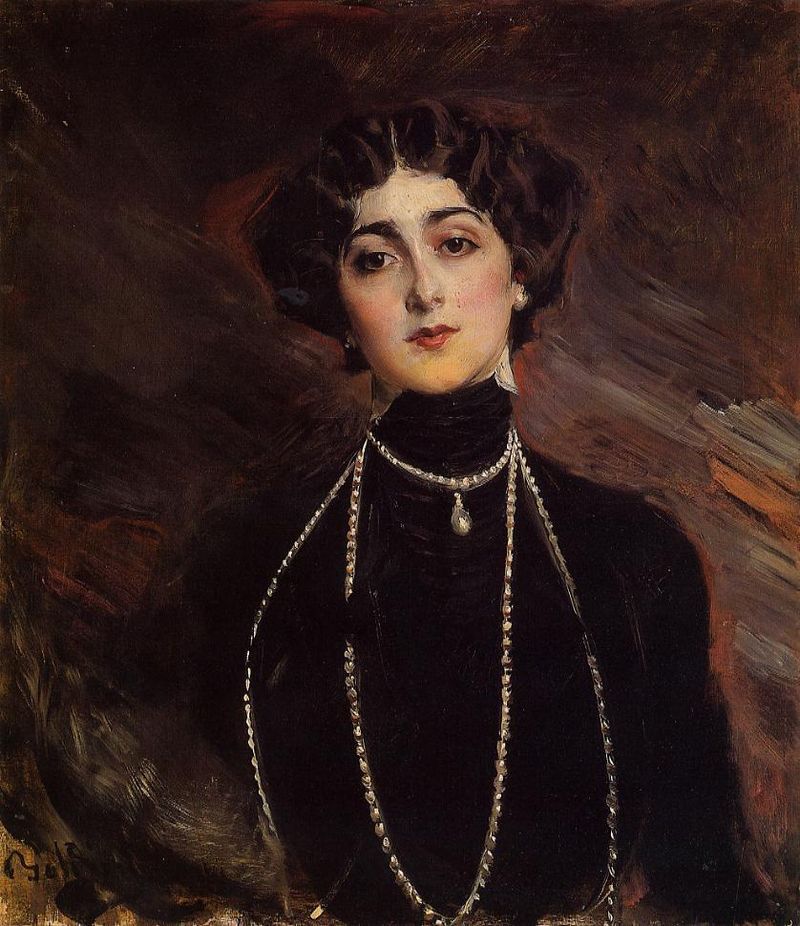
- Move to Paris: In 1871, Boldini relocated to Paris, where he would spend much of his career. The city was a hub of cultural and artistic activity during the Belle Époque, and Boldini became associated with the fashionable and sophisticated circles of society.
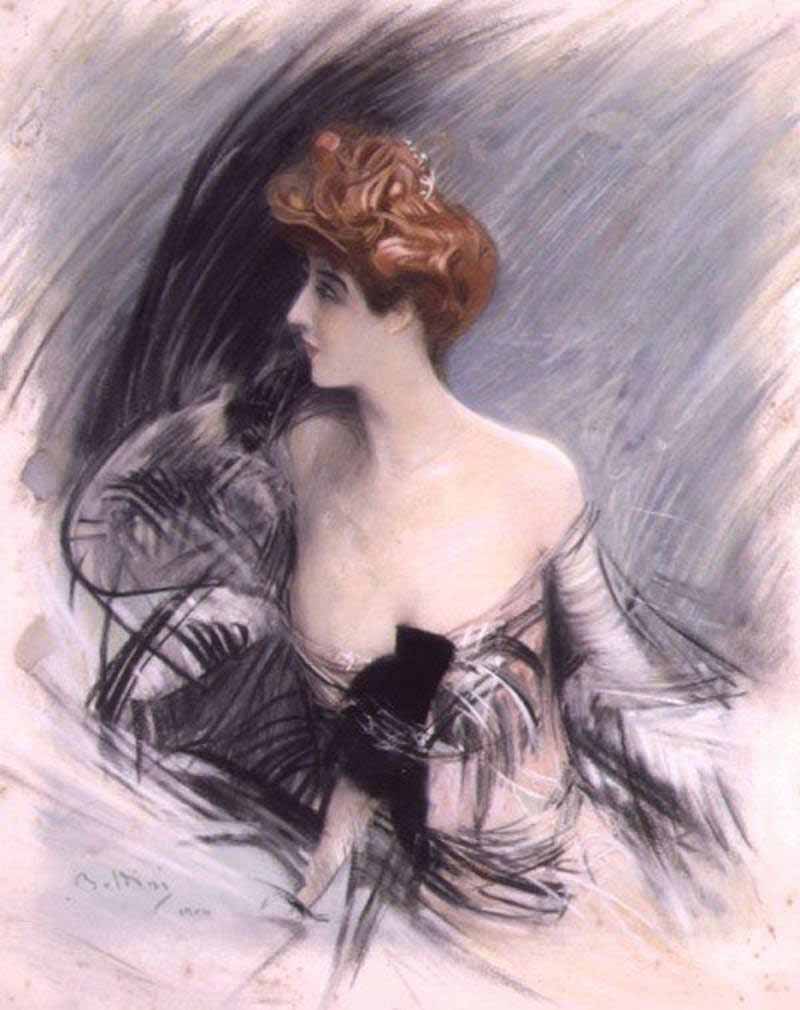
- Portraiture and Style: Boldini was primarily a portrait painter, and he excelled at capturing the personalities and elegance of his subjects. His style was characterized by loose brushwork, dynamic compositions, and a sense of movement. He often depicted his subjects with a sense of flair and modernity.
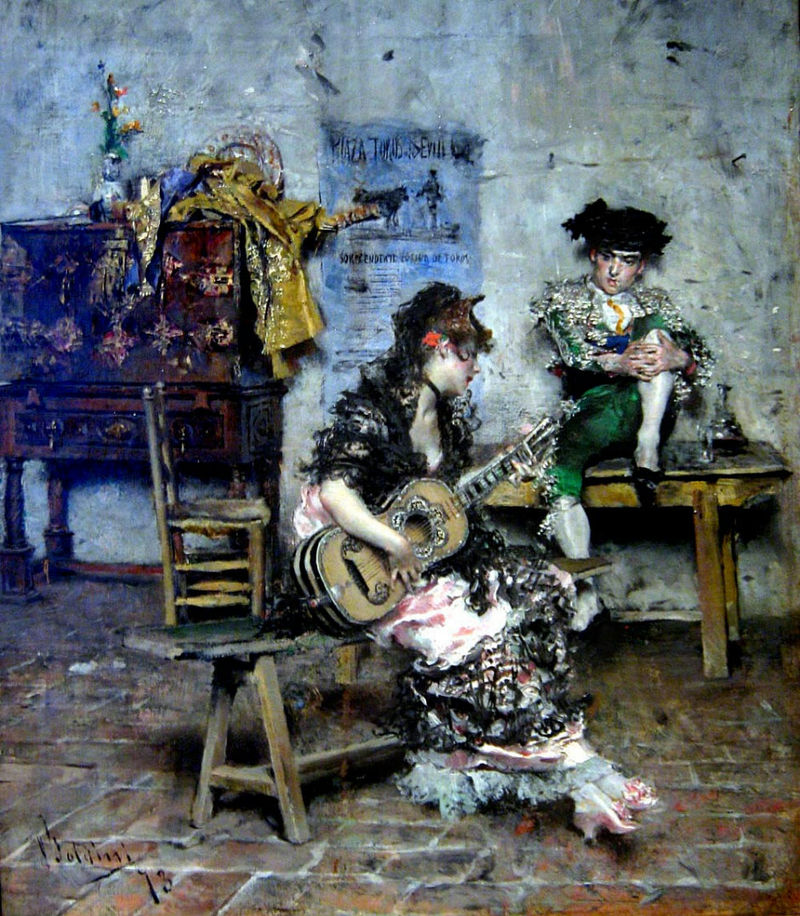
- Society Portraits: Boldini’s clientele included prominent individuals from high society, royalty, and the arts. He became renowned for his ability to capture the fashionable and glamorous aspects of his sitters. Notable subjects included John Singer Sargent, Robert de Montesquiou, and Lina Cavalieri.
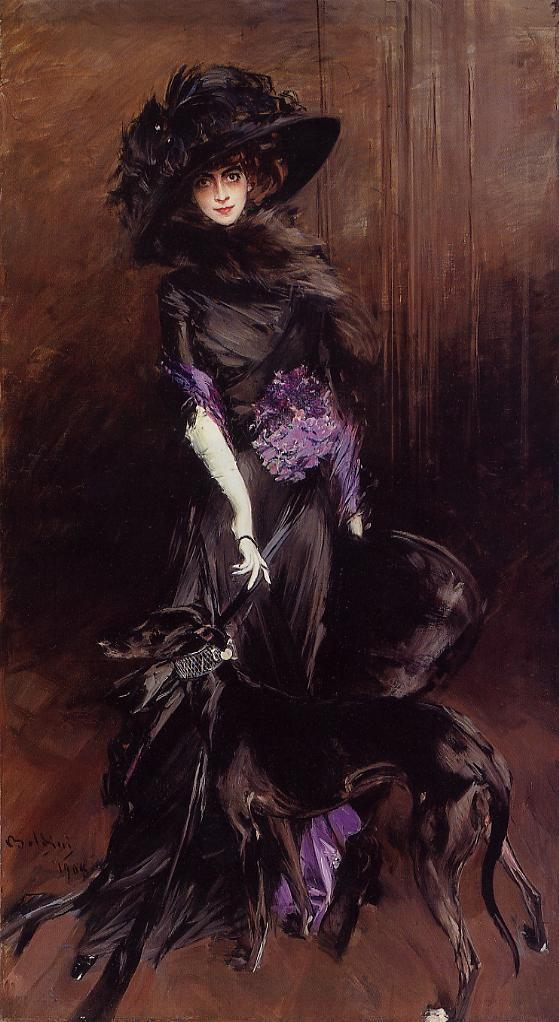
- Influence of Impressionism: While Boldini did not consider himself an Impressionist, his work was influenced by the movement. He incorporated loose brushstrokes and a sense of spontaneity into his paintings, especially in his later career.
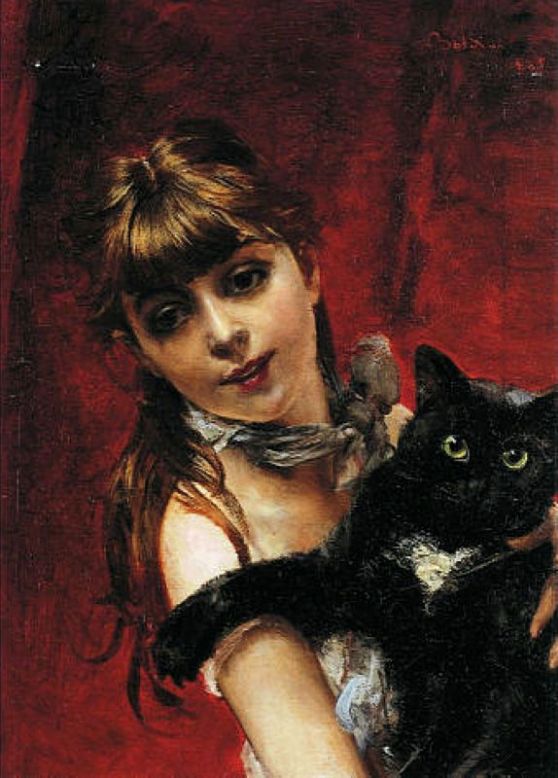
- Success and Recognition: Boldini achieved considerable success during his lifetime, exhibiting in major European cities and earning critical acclaim. His paintings were featured in the prestigious Paris Salon exhibitions.
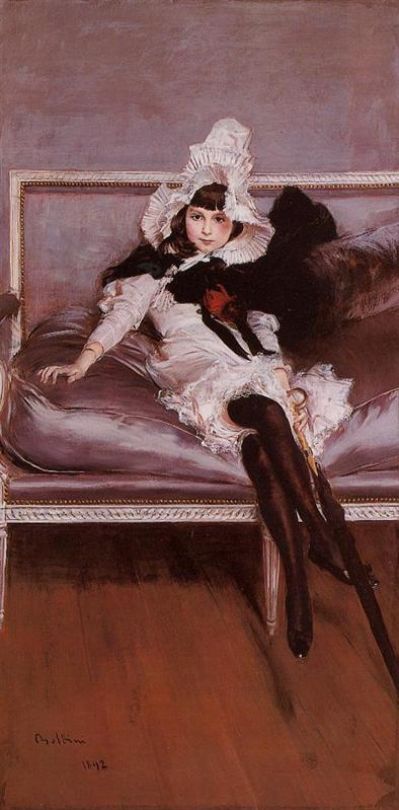
- Later Years and Legacy: In the early 20th century, Boldini continued to paint portraits and also created landscapes and genre scenes. His work fell somewhat out of favor as artistic tastes shifted, but his reputation has been reassessed in recent years, and he is now recognized as a significant figure of Belle Époque portraiture.
- Death: Giovanni Boldini passed away on January 11, 1931, in Paris, at the age of 88.
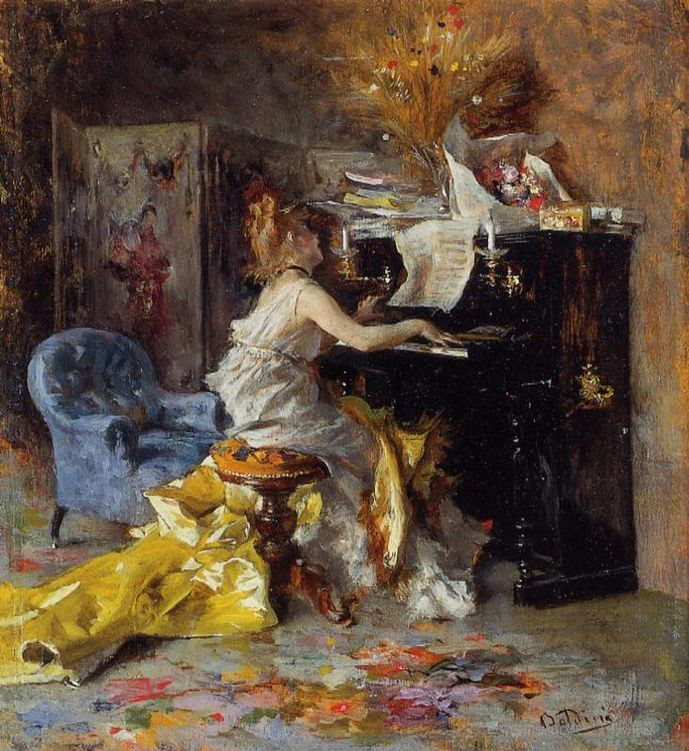
Giovanni Boldini’s art remains celebrated for its vitality, style, and the way it captures the essence of the Belle Époque. His portraits offer a glimpse into the glamour and sophistication of the society of his time, and his dynamic approach to portraiture has left a lasting impact on the history of art.
